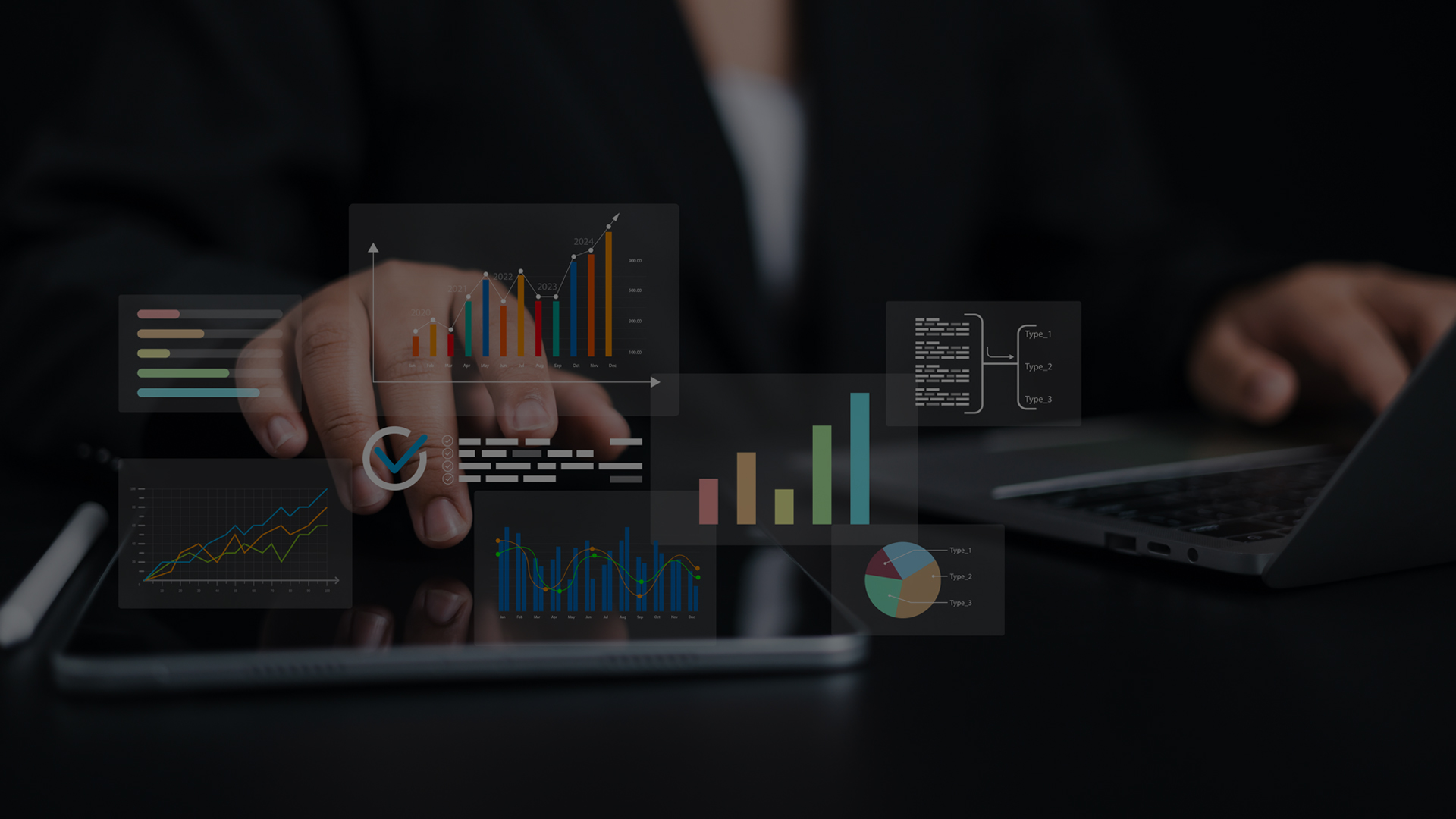Introduction
In today’s data-driven world, real-time insights and responsiveness are no longer optional but necessary for remaining competitive. Traditional batch processing methods struggle to keep up with the immense volume and velocity of data generated in our fast-paced digital landscape. This is where Apache Kafka stands out. As a powerful distributed streaming platform, Kafka is transforming how organizations manage data streams, enabling seamless adoption of event-driven architectures.
Understanding Kafka: The Backbone of Real-Time Data
Initially developed by LinkedIn and later released as open-source software by the Apache Software Foundation, Apache Kafka is a robust and scalable platform built to handle real-time data streams. While it shares similarities with traditional message queues and enterprise messaging systems, Kafka stands out with its unique architecture, designed for low-latency processing, seamless scalability, and long-term data durability.
Building Blocks of Kafka’s Power
Let’s break down the core elements that make Kafka such a robust platform:
1. Brokers: The Heart of Kafka’s Data Management
In a Kafka cluster, brokers are servers that store and manage data. They handle replication for fault tolerance and distribute data across partitions. Acting as a bridge between producers and consumers, brokers ensure reliable data storage and delivery.
2. Partitions: Powering Scalability and Parallel Processing
Kafka topics are divided into partitions, allowing for scalability and efficient parallel processing. Each partition stores data sequentially and remains immutable, ensuring data integrity. By distributing partitions across multiple brokers, Kafka manages large data volumes and balances workloads effectively.
3. Producers: Feeding the Data Stream
Producers publish data to Kafka topics from various sources, including web servers, sensors, and databases. They send messages that are stored and made available for consumers, ensuring a steady and reliable data flow.
4. Consumers: Processing the Data Stream
Consumers subscribe to Kafka topics to access real-time data. They can be applications, analytics tools, or storage systems that read and process messages for tasks like analysis, storage, or triggering downstream actions.
5. Consumer Groups: Enabling Parallel Consumption
Consumer groups allow for the parallel consumption of data from a topic. Each consumer group can have multiple consumers, but each message is processed only once within a group. This ensures that data is processed efficiently and avoids redundancy.
6. Data Durability and Replication: Ensuring Reliable Storage
Kafka ensures data durability through replication and a commit log. Each message is permanently recorded and distributed across multiple brokers, providing fault tolerance. This guarantees data persistence and reliability, even if a broker fails.
7. Kafka Streams: Simplifying Real-Time Data Processing
Kafka Streams is a high-level API for building real-time data processing applications on Kafka. It allows users to perform transformations, aggregations, and joins on data streams without managing the underlying infrastructure.
8. Embracing Event-Driven Architecture: A Transformational Approach
Kafka is ideal for implementing event-driven architecture (EDA), where systems react to events rather than relying on traditional request-response mechanisms. This approach enhances scalability, responsiveness, and agility, allowing organizations to gain insights and take action in real time.
By leveraging Kafka for data distribution and decoupling producers from consumers, organizations can achieve the following:
- Enhanced Scalability: Kafka’s distributed architecture effortlessly handles growing data volumes and processing demands through horizontal scaling.
- Robust Fault Tolerance: Built-in replication and leader election ensure data availability, even in the event of node failures.
- Ultra-Low Latency: Optimized for real-time data ingestion, analysis, and response, Kafka delivers lightning-fast performance for time-sensitive applications.
Real-World Applications: Unlocking Kafka’s Potential
Kafka’s versatility makes it valuable across various domains, including:
- Real-Time Analytics – Process and analyze streaming data to gain insights and drive data-driven decisions.
- Log Aggregation – Centralize logs from multiple sources for monitoring, troubleshooting, and auditing.
- Event Sourcing – Capture and store event-driven data for system state maintenance, auditing, and replay.
- Microservices Communication – Enable seamless data exchange between microservices in a distributed architecture.
- IoT Data Ingestion – Handle massive real-time data streams from IoT devices for monitoring, analysis, and control.
- Real-Time Fraud Detection – Analyze transaction streams in banking and finance to detect fraud and respond instantly.
- Personalized Recommendations – Power e-commerce recommendation engines by tracking user interactions and product data.
- Stream Processing with Apache Flink – Perform real-time data transformations, aggregations, and state management.
- Data Pipelines and ETL – Build real-time pipelines to ingest, transform, and load data into warehouses or lakes.
Challenges and Considerations
While Kafka offers numerous benefits, there are also some key challenges to address:
- Managing Kafka Clusters – Deploying, scaling, and maintaining Kafka clusters can be complex, requiring expertise in configuration, monitoring, and implementing best practices.
- Security and Authentication – Implementing authentication, authorization, and encryption is essential to safeguard sensitive data.
- Monitoring and Observability – Continuous monitoring of Kafka’s performance, health, and data flow is crucial for maintaining stability and efficiency.
Kafka: Powering the Future of Real-Time Data
Kafka’s future is promising, with continuous advancements and new use cases:
- Kafka Connect – Plays a key role in integrating Kafka with external systems, enabling seamless data ingestion and export.
- Cloud-Native Kafka – Managed services like Amazon MSK and Confluent Cloud make Kafka more scalable, reliable, and accessible in cloud environments.
- Emerging Use Cases – Kafka is driving innovation in AI, machine learning, and edge computing, where real-time data processing is essential.
Conclusion
Kafka has become a cornerstone of modern data architecture, enabling organizations to leverage real-time data streams and event-driven processing. By adopting Kafka, businesses can enhance responsiveness, scalability, and agility, driving innovation and delivering superior customer experiences in the digital era. As technology evolves, Kafka continues to be at the forefront of real-time data processing, empowering organizations to build more intelligent, data-driven systems. Its growing ecosystem and integration capabilities make it a vital tool for businesses aiming to stay ahead in an increasingly competitive landscape.





